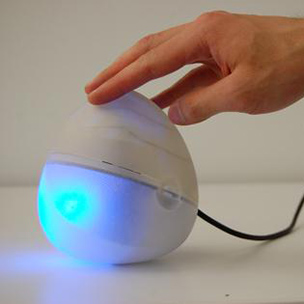January 9, 2015 — Two big stories from 2014 were the amount of air pollution in cities, especially in China, and the rise of “wearables” and other personal technologies people use to track things about themselves, often having to do with health and fitness measurements, such as steps taken, hours slept, heart rate and more. Now, the journal Nature reports, there’s a trend making a mash-up of these issues: Personal sensors that track pollution. “Built on the principle of openness, such do-it-yourself (DIY) efforts are part of a push to democratize air-quality monitoring so that it no longer remains solely in the domain of governments and academic researchers,” writes journalist and chemist Kat Austen in Nature. As with any citizen-science effort, quality control is an issue, especially among trained researchers, some of whom question the validity of data collected from these DIY pollution trackers. Yet, while some organizations refuse to work with the current data from such trackers, others, such as the Environmental Protection Agency, have started exploring how they can be of use in the larger picture of pollution measurement. “This new tech is potentially very valuable,” Tim Watkins, acting deputy director of the EPA’s National Exposure Research Laboratory, tells Austen. “And it’s coming, whether or not we are investing or using it.” ![]()
Photo of the Air Quality Egg, one of the technologies mentioned in the Nature piece, by Smart Citizens (Flickr | Creative Commons)
Ensia shares solutions-focused stories free of charge through our online magazine and partner media. That means audiences around the world have ready access to stories that can — and do — help them shape a better future. If you value our work, please show your support today.
Yes, I'll support Ensia!

